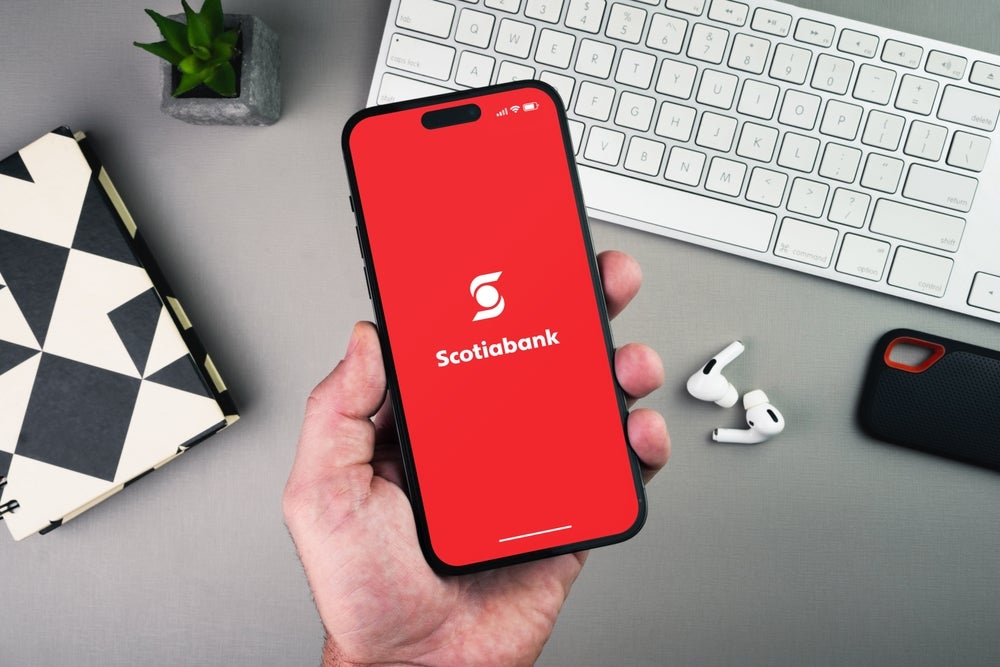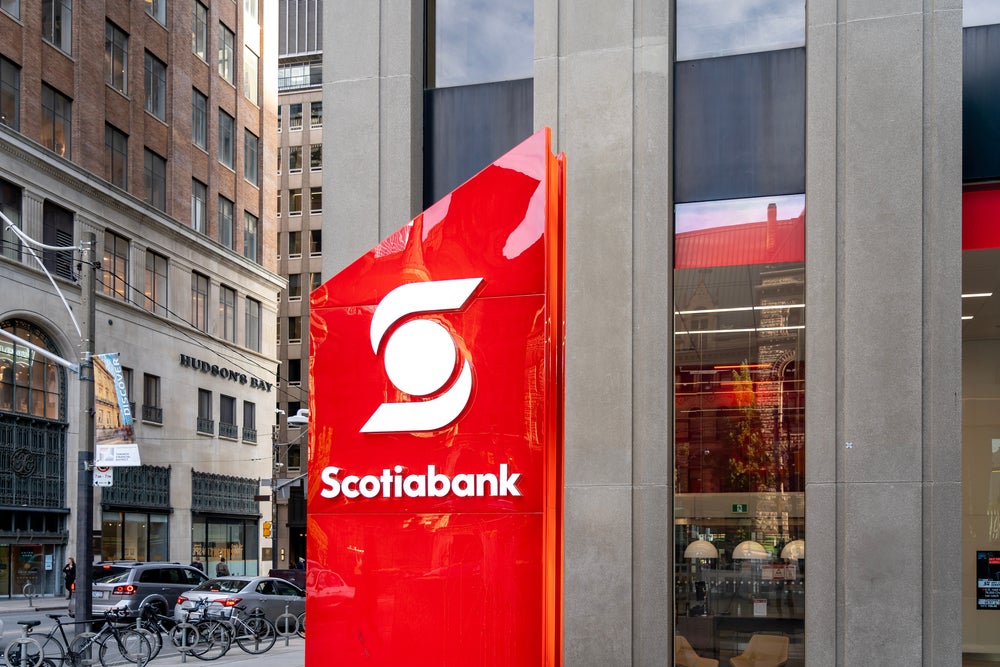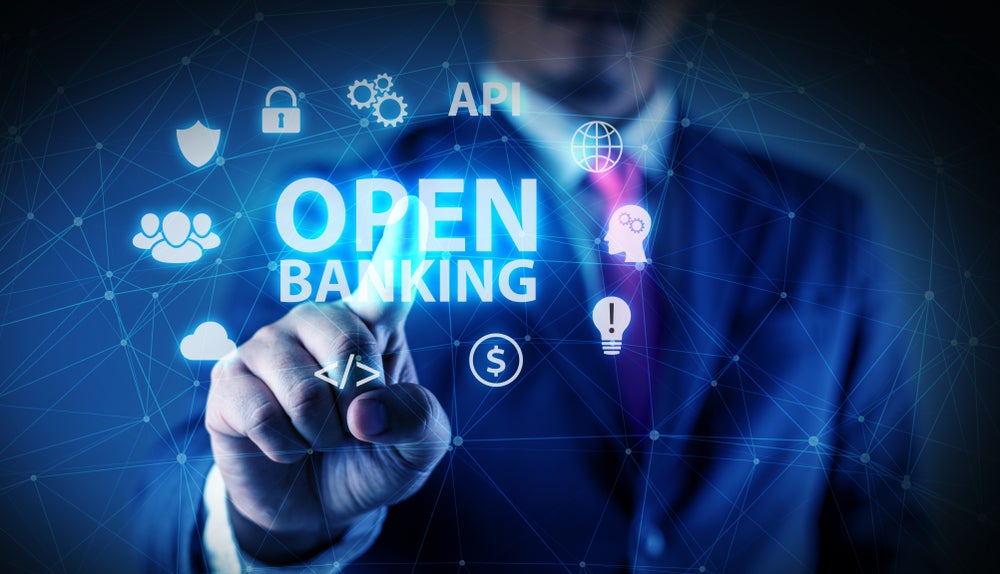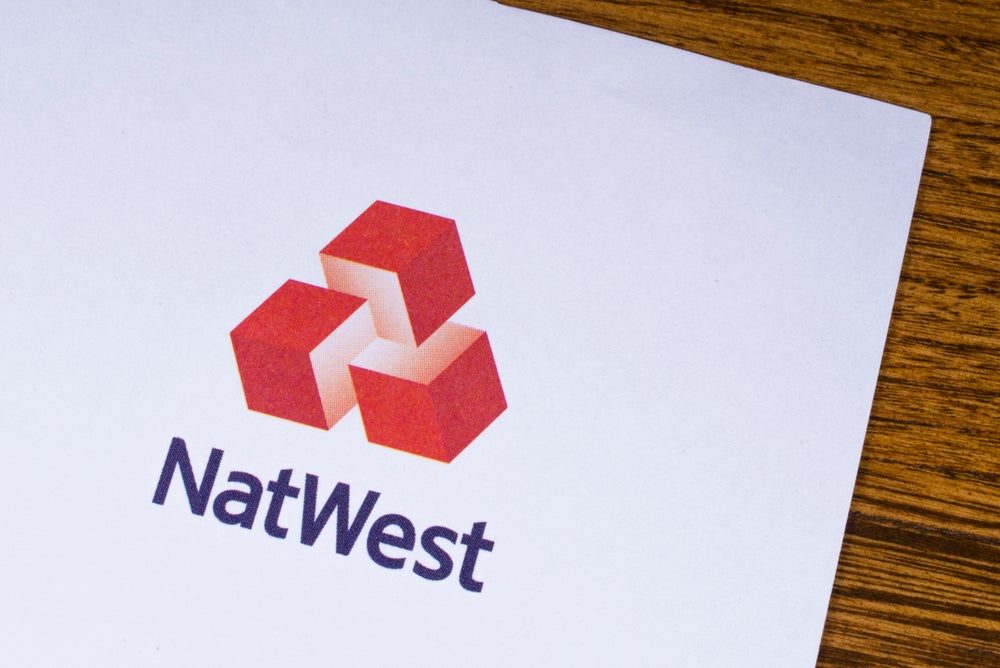Banking first moved from a branch to your computer. Then it moved from your computer to your pocket. Now, there’s no need to reach down there as it is on your wrist. Patrick Brusnahan talks to banks about their usage of the Apple Watch and the opportunities it provides
In the same manner of Apple aficionados rushing to purchase the Apple Watch, financial institutions have been rushing to launch their applications on said device.
CaixaBank is one of the banks to be at the forefront of this new digital drive. The bank has more than four million mobile service customers, 3.4 million of whom regularly use its Linea Abierta application. CaixaBank processes 120 million mobile transactions per month, 33% of which are fund transfers. Currently, the Spanish lender has 70 applications available, which have been downloaded more than 10 million times.
It also created the maiden banking application in Spain for the smart wearable device. Focused on a branch and ATM search tool, it allowed consumers to find exact locations of the nearest branches and cash machines.
This includes map display and shows information on each branch, including available services, opening hours, contact numbers and accessibility information.
Talking to RBI, a spokesperson from CaixaBank said: "Harnessing innovation that provides added value to clients is part of the CaixaBank spirit. This mind?set is what has driven us to become the very first bank to create an application for the Apple smartwatch. The service will allow us to provide all information required by clients directly on their wrists, with no need to remove their smartphones from their pockets.
How well do you really know your competitors?
Access the most comprehensive Company Profiles on the market, powered by GlobalData. Save hours of research. Gain competitive edge.

Thank you!
Your download email will arrive shortly
Not ready to buy yet? Download a free sample
We are confident about the unique quality of our Company Profiles. However, we want you to make the most beneficial decision for your business, so we offer a free sample that you can download by submitting the below form
By GlobalData"Wearable devices are currently on an upward trend. As we saw with smartphones when the first iPhone was launched, we expect Apple’s first venture into the segment to spur the market enormously."
Scotiabank brought its mobile banking app to wearable technology as soon as possible. Its Quick Balance app was the first of its kind to be released on smartwatches in Canada. The app allows its consumers to check their bank balance and up to five of their most recent transactions from their preferred Scotiabank account. All of this is without needing to log in or use a password.
When speaking to RBI, Jeff Marshall, Scotiabank’s Vice President of Self-Service Customer Experience, said: "We wanted to focus on the most active things that people do. The most common thing people do on our mobile app is check their balance and their recent transactions.
"We also wanted to protect the consumers from a security perspective and the type of transactions they would be willing to do in a non-authenticated environment. The watch presents their balance and their last five transactions. It’s a quick balance feature so there’s no extra authentication required at all."
Tesco Bank also adapted its mobile banking app for smartwatches early on in the trend by adapting their ‘Balance Peek’ feature onto the wearable device. This app allows Tesco Bank customers to check their balance without having to log-in. So far, it has been a relative success with over 110,000 customers activating the app and close to three million usages.
A spokesperson for the bank told RBI: "We launched the Balance Peek feature on our mobile banking app earlier this year as we found more and more customers looking to check their account balances quickly and easily without having to go through a full login process.
"The update last month to deliver Balance Peek on Apple Watch was a logical progression to support this new wearable technology to provide customers with another way of easily keeping track of their finances wherever they are. We’ll continue to look at ways we can enhance the service we provide to customers in this space."
As with every new development in technology, changes must be made. Everyone remembers the days of tedious websites unfriendly to mobile phones. Transferring apps from device to device can take a lot of work.
However, Scotiabank’s experience was different. Marshall said: "It was actually quite seamless and painless for us. Our first foray into this space was last fall. We were the first bank in Canada to launch an app on the Samsung Gear 2 so we had some experience with what we wanted the customer and user experience to be so when it came to the Apple Watch, we were in a good position to mirror that and migrate our thinking onto the Apple device."
Success rates
It is still early days for the Apple Watch and nobody quite knows how successful smartphone-based apps will be for the banking industry.
Marshall said: "It’s still new, but the Apple Watch sold more on the first day than what Samsung had sold in the year prior. (An estimated 957,000 American shoppers ordered the watch on launch day while the Android Wear watch sales were stuck at 720,000 by the end of 2014.) We’re dealing with a small group of early adapters, which is exciting, but the numbers themselves are not yet significant. We’re more enthused about where the numbers are going to go.
"I can’t even project the number because it’s really going to depend. The more people give back to the ecosystem, the higher adoption will be in terms of people wanting the watch. Only time will tell how the early adopters will trickle down into more mass adoption. I would say it’s too early to tell. The good thing about Apple is that they certainly put a lot of muscle behind things when they want."
CaixaBank said: "Some forecasts indicate that between 5% and 10% of iPhone users will buy a smartwatch. Extrapolating these numbers to the Spanish market, we estimate that 10% of our mobile customers will own a smartwatch by the end of 2015, whether they are Apple or Google devices, and will use our applications for wearables.
"By the end of five years, and assuming that these devices improve over successive versions to better suit user requirements, with longer battery life and greater independence from other devices, it would not be far?fetched to expect this figure to rise to 20% of our mobile users. However, it is difficult to forecast an accurate figure."
While it remains hard to tell if banking applications will succeed on smartwatches, this is not a particular concern for Scotiabank, merely another channel for its consumers.
Marshall said: "Here’s the thing: we have a large number of mobile banking users. For us, a smartwatch app is not necessary, but we want people to be able to access their banking on whatever device they want. We’re somewhat agnostic on whether they use the wearable or not because it’s just an enhancement to this existing [mobile] app. It’s for the customer’s convenience. It’s not a metric we’re going to actively drive.
"We wanted to make sure that if people have the watch, we have a strong functioning app for it. We’re not saying we’ll only be successful if we hit a number; it’s not something that we’ve lost a lot of time thinking. We want our customers to know we have it. The reality is if somebody has the Apple Watch, they’ll be checking if their bank has an app and we can say, ‘Yes, we do’."
Limitations and struggles
With financial applications on phones, tablets, or even smartwatches, are becoming easier and more frictionless, the risk increases. With some apps not even needing to be logged into anymore, for the sake of the user experience, how can a bank make sure that this ease of use is not taken advantage of?
Marshall is well aware of this puzzle. He said: "We wanted to be cautious about the transactions we were willing to do outside of the authenticated environment. We were comfortable with showing balances and recent transactions. In time, our customers will tell us what they are comfortable with. They have a choice. They do not have to have the data in their watch. I would say that we err on the side of privacy when we make these decisions. We’re very careful."
CaixaBank said: "One limitation for any financial app on mobile devices is the need to ensure airtight security. It is vital that the same security levels are upheld regardless of whether the app is used via a smartwatch, mobile device or computer. This extends beyond providing the actual technical security; we must also ensure that clients perceive transactions via smartwatches to be fully secure.
"Meanwhile, the services offered by such devices must adhere to prevailing legislation, which is true of all channels, and will have to evolve in step with technology to offer new and improved services."
CaixaBank believes that the smartwatch itself might even be too limited to have an effect on the financial sector. The spokesperson continued: "Nonetheless, wearable devices have two obstacles to overcome before they can become firmly established on the market: longer battery lives and independence from other devices in order to work on a standalone basis."
The Apple Watch and its banking apps are, according to Marshall, unlikely to be a differentiator. He said: "I would not say it’s one of those things that people are going to change banks for. I think that would be overly optimistic. Most of our efforts have been taking some credit for demonstrating our innovation in the marketplace. It’s been communicating to our existing customers. We haven’t made any significant efforts in pushing it as a mass marketing message. We haven’t gone down that road because we don’t [see it] driving new customer adoption."
Watching for the future
While the services on smartwatches are limited at the moment, Scotiabank sees much more potential for the future.
Marshall said: "We’re looking at the other transactions that customers would be willing to do outside of keying in a PIN number. We’re looking at things like an ATM locater and maybe being able to move funds between accounts.
"The other exciting part that I’m really enthused with is that back in first launching ATMs or online banking, we were giving customers a service they didn’t know they needed. Now, early adopters are telling us what they want and they’re feeding us the ideas, which is an exciting time to be in. We’ll listen to our customers in that regard."
As technology companies grow and gain more attention, from the massive conglomerates such as Apple to the small fintech start-ups, banks may be pushed towards to sidelines. It is not inconceivable that banks could end up as mere pipelines in the financial industry, rather than the face of it.
On that point, Marshall concludes: "Yeah, but I think that’s okay. For me, it’s really about the customer and the user experience. Too often, banks were guilty of it being about the bank. We tried to make our customers better bankers and those days are gone.
"Now, we want to drive the best customer experience and give them choice; they demand it. It’s definitely a win for the consumers and it’s good for us, because if customers are happy and have more choice, they are more loyal and, ultimately, more profitable for us."







